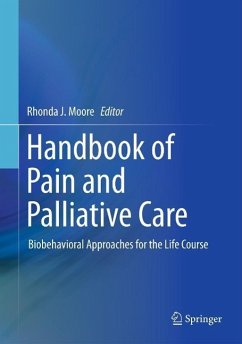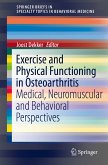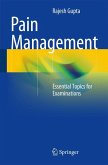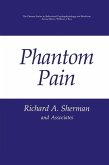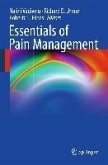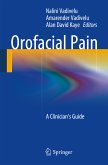¿ Patient-practitioner communication
¿ Assessment tools and strategies
¿ Common pain conditions across the lifespan
¿ Biobehavioral mechanisms of chronic pain
¿ Pharmaceutical, neurological, and rehabilitative interventions
¿ Psychosocial, complementary/alternative, narrative, and spiritual approaches
¿ Ethical issue and future directions
With the rise of integrative perspective and the emphasis on overall quality of life rather than discrete symptoms, pain management is gaining importance across medical disciplines. Handbook of Pain and Palliative Care stands out as a one-stop reference for a range of professionals, including health practitioners specializing in pain management or palliative care, clinical and health psychologists, public health professionals, and clinicians and administrators in long-term care and hospice.
Dieser Download kann aus rechtlichen Gründen nur mit Rechnungsadresse in A, B, BG, CY, CZ, D, DK, EW, E, FIN, F, GR, HR, H, IRL, I, LT, L, LR, M, NL, PL, P, R, S, SLO, SK ausgeliefert werden.
Rich in clinical diversity, chapters explore emerging areas of interest (computer-based interventions, fibromyalgia, stress), ongoing concerns (cancer pain, low back pain), and special populations (pediatric, elders, veterans). This coverage provides readers with a knowledge base in assessment, treatment, and management that is up-to-date, practice-strengthening, and forward-looking.
Currents Pain Management News and Research, The e-Newsletter of the American Academy of Pain Medicine

